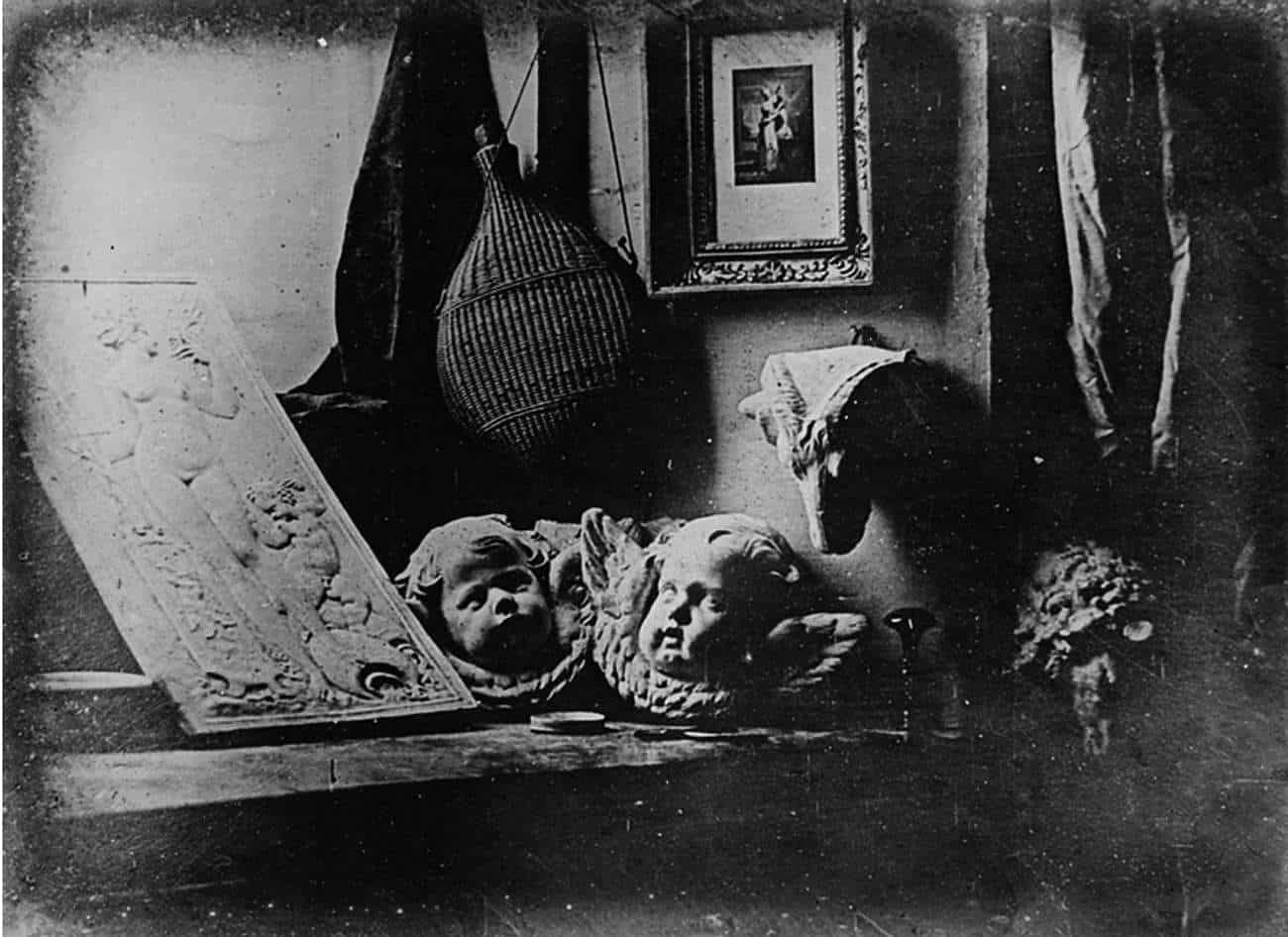
First Reliably Dated Daguerreotype
Of course, the process that Nicéphore Niépce wasn’t perfect. But his associate that he worked closely with worked hard to perfect the methods they started. Louis Daguerre worked closely with his partner and they worked tirelessly to truly modernize their approach. However, Niépce died in 1833, before the technique was fully developed. Nonetheless, Daguerre pressed on with the help of Niépce’s son, Isidore Niépce, eventually finding that a silver-iodide plate exposed to mercury fumes could produce a photo within minutes.
A photographic process historian at the George Eastman Museum, Mark Osterman stated: “Daguerre discovered that the silver-iodide plate required only a fraction of the exposure time and that an invisible, or latent, image [could] be revealed by exposing the plate to mercury fumes.” But it didn’t end there. The plate could then be placed in a mixture of sodium chloride that stabilized the image. Finally, success. By 1838, Daguerre was taking photos of objects and buildings with ease. In 1839, the French government awarded Daguerre and Isidore Niépce lifetime pensions in exchange for sharing their photography technique. The use of daguerreotype photography spread quickly around the world, leading to other inventors wanting to mold the technique into something more.

